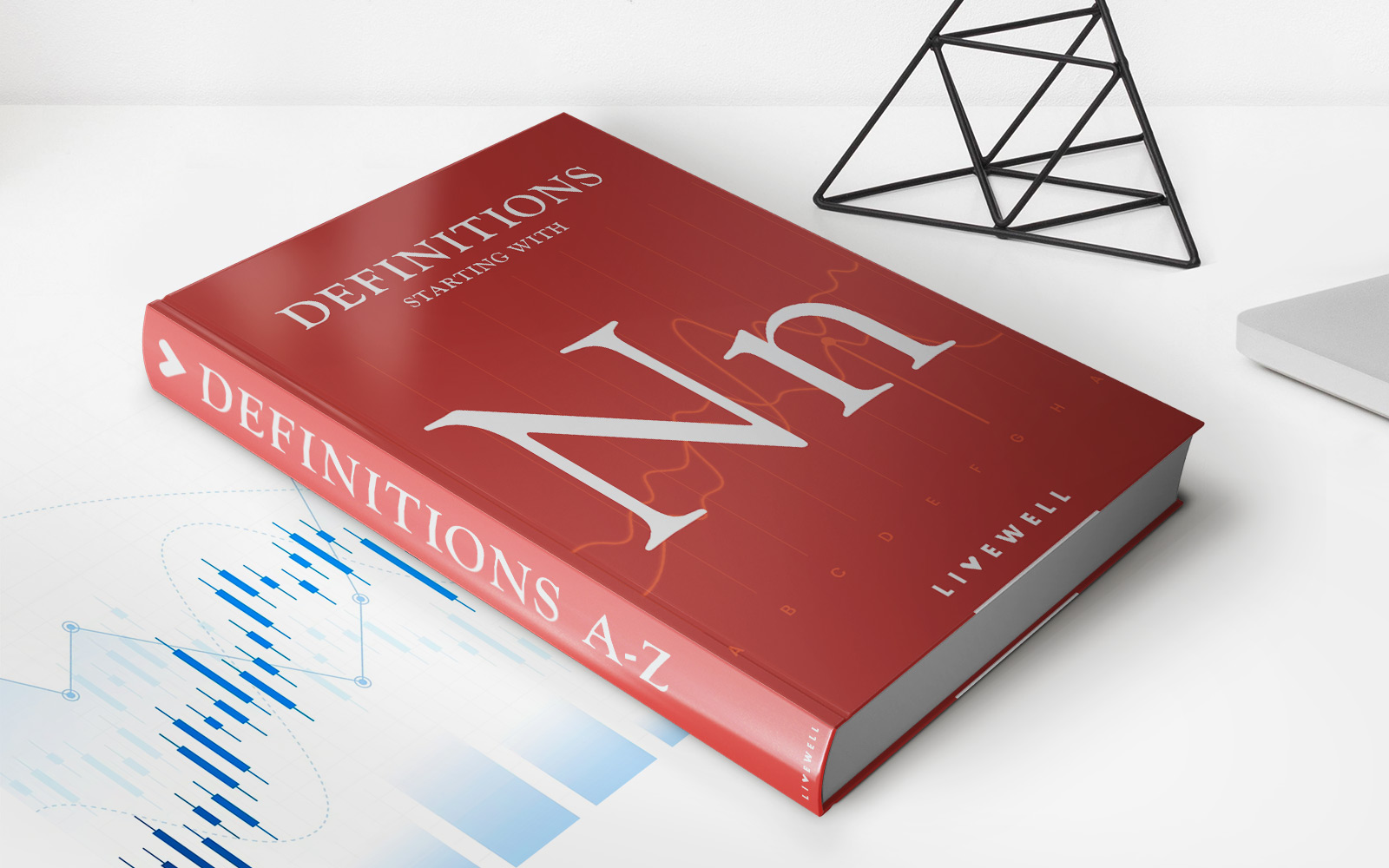Home>Finance>Algorithmic Trading: Definition, How It Works, Pros & Cons


Finance
Algorithmic Trading: Definition, How It Works, Pros & Cons
Modified: October 10, 2023
Discover the ins and outs of algorithmic trading in finance. Understand its definition, how it works, and explore the pros and cons.
(Many of the links in this article redirect to a specific reviewed product. Your purchase of these products through affiliate links helps to generate commission for LiveWell, at no extra cost. Learn more)
Unlocking the Potential of Algorithmic Trading
Have you ever wondered how some individuals and institutions manage to navigate the unpredictable world of finance with seemingly effortless precision? The answer is algorithmic trading. In this blog post, we will explore the fascinating world of algorithmic trading, providing you with an in-depth understanding of what it is, how it works, and the pros and cons it brings to the table.
Key Takeaways:
- Algorithmic trading involves the use of computer algorithms to execute trades automatically.
- It offers several advantages, including speed, accuracy, and the ability to analyze massive amounts of data in real-time.
What is Algorithmic Trading?
Algorithmic trading, often referred to as algo-trading, is the use of complex computer algorithms to execute trades automatically. These algorithms are designed to follow pre-defined instructions, making decisions based on specific market conditions, price movements, and other relevant factors. By eliminating human emotions and biases, algorithmic trading aims to streamline the trading process and maximize potential returns.
How Does Algorithmic Trading Work?
Algorithmic trading relies on sophisticated mathematical models and statistical analysis to identify potential trading opportunities and execute trades. These algorithms consider a wide range of factors, such as market trends, historical price data, trading volume, and news events, to generate signals for buying or selling assets.
Once a signal is generated, the algorithm automatically sends an order to an exchange or a broker, eliminating the need for manual intervention. This automation enables algorithmic traders to take advantage of market opportunities that may arise within fractions of a second, which would be impossible for human traders to achieve.
Pros of Algorithmic Trading
- Speed and Efficiency: Algorithmic trading operates at lightning speed, enabling the execution of trades within microseconds. This speed provides a significant advantage over manual trading, especially in fast-paced markets.
- Increased Accuracy: Algorithms are designed to execute trades based on pre-determined parameters, eliminating the influence of human emotions and minimizing the risk of making irrational decisions.
- Ability to Analyze Large Datasets: Algorithms can process and analyze massive amounts of financial data in real-time, identifying patterns and trends that may go unnoticed by human traders.
- Diversification: Algorithmic trading allows for the simultaneous execution of multiple trades across different markets, asset classes, or strategies, helping to spread risk and optimize returns.
Cons of Algorithmic Trading
- Technological Complexity: Building and maintaining robust algorithmic trading systems require specialized technical knowledge and expertise. Moreover, technical failures or glitches could lead to significant financial losses if not carefully managed.
- Dependency on Historical Data: Algorithms rely heavily on historical data to generate trading signals. However, market conditions are constantly evolving, and historical patterns may not always accurately predict future price movements.
- Market Instability: Algorithmic trading can exacerbate market volatility, especially during periods of uncertainty or extreme market conditions, potentially leading to price distortions or rapid market swings.
- Lack of Human Judgment: Algorithmic trading removes the human element from decision-making, which may lead to missed opportunities or the inability to react effectively to unforeseen events.
Conclusion
Algorithmic trading is a powerful tool that has revolutionized the financial industry. Its ability to process vast amounts of data, execute trades with incredible speed, and eliminate human emotions has made it a popular choice for both individual and institutional investors. However, it is crucial to recognize that algorithmic trading also comes with inherent risks and challenges that must be carefully managed. By understanding its potential and limitations, traders can harness the power of algorithmic trading to their advantage while minimizing potential pitfalls.
So, if you’re interested in executing trades with lightning speed, analyzing massive datasets, and enhancing your trading efficiency, algorithmic trading might just be the game-changer you’ve been looking for!














